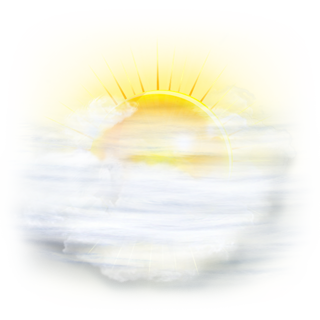Amidst the chaos of the upcoming school year, students are rushing in a frenzy to retail stores to gather supplies for their brand new classes. Yet, each year, there is an unresolved (and heated) debate centered around something so surprisingly simple: colors.
Though the debate of colors may be something you would imagine to cease after you finish kindergarten, many students of all ages are developing an increasing passion for the topic. When it comes to the topic of what colors are assigned to what school subject, it’s best to keep your opinion private—unless you plan to engage in hours of discussion with your peers.
Luckily, I’m here to set the record straight so we can all argue no longer. After doing some research, I believe I can back my opinions with evidence (so unless you research opposing findings, you cannot come for me).
Let’s start with math. From my research, there seem to be two schools of thought with this subject: blue and red. So, how do we know which color is better? Blue often symbolizes emotions such as serenity, calmness and peace. On the flipside, it can also be described as being an emotionless, clinical color. This is probably the reason why it is associated with math, the subject being one that deals with rigid rules and formulas and a lack of creativity. To me, however, this is not enough to make math blue. I don’t know if you have ever taken a math course, but there is nothing peaceful about it! Red is the color of strong emotions like strength, passion and rage. I commonly experience strong emotions when it comes to math. Usually I am either screaming after getting a wrong answer over and over, or crying because I have never felt so hopelessly confused in my life. And for those of you who actually enjoy math, red is also the color of love. So there you go!
English is the complete opposite of math in my mind. Even writing an essay on the most mundane topic requires tons of creative energy. Because of this, I put it with the color green, often described as the color of growth, renewal and accomplishment. The process of writing and deciphering literature is never as straightforward as the fixed subject of math. The creative freedom of it reminds me of the roots of a tree that tunnel into the ground in a million different directions and paths. If you are growing tired of my analogies and need concrete evidence that English is green, take a look at color theory. The color red, which we assigned to math, English’s polar opposite, lies completely opposite of green on the color wheel!
I was stumped when I began to write about social studies. As I see it, history is clearly yellow. Yet, I couldn’t begin to think of any reasons why! Yellow could correlate with the color of the old decaying maps and books you may begin to visualize when thinking about history. Also, yellow is one of the brightest colors, and can be used to quickly grab a person’s attention. Social studies is all about focusing on the most prominent pieces of information from a lengthy amount of time, so I think yellow fits quite nicely.
On to the final (and my favorite) subject, science! This is where I hold an extremely unpopular opinion, so be prepared. While most people insist that the subject is green, I firmly believe that science is blue. Those who die on the hill that science is green usually say something along the lines of “science is green because plant.” While I would agree that if divided into smaller parts, biological sciences would definitely be green, science as a whole is just different. Both chemistry and physics scream the color blue. Computer science seems to be blue as well if you want to count that. That outnumbers green three to one! Science is everything and nothing. It has the strict and stable rules of math with the endlessness of a vast ocean. Blue is also the color of balance, and science is all about balance. It also symbolizes trust, signifying how greatly we put our trust into science. I do have to note (although it goes against my opinion) that science is very focused on the process of rebirth and recycling (ie: energy and matter), and could maybe be envisioned as green that way. Who knows, maybe you can convince me to change my ways and become a green science enthusiast! You’ll have to be very persuasive.
So there you have it, my comprehensive list of which colors represent which subjects. Honestly, I used to flip the colors around a lot! I remember sometimes putting social studies in a blue folder and science in a green one, or math in a green folder and English in a yellow one. But I think I’ve created pairings that I am satisfied with, and hopefully you are too.


